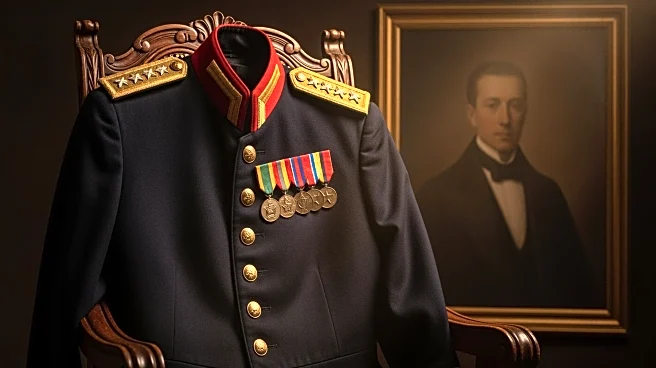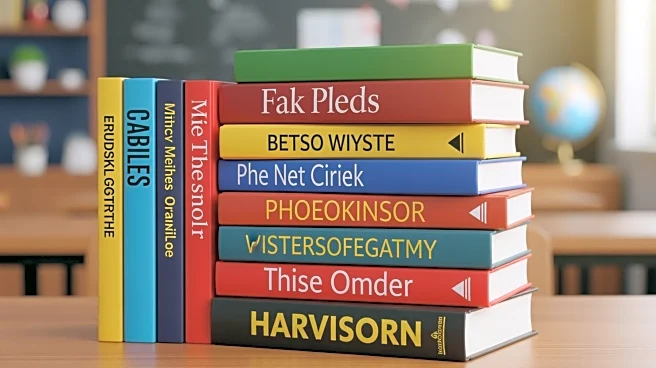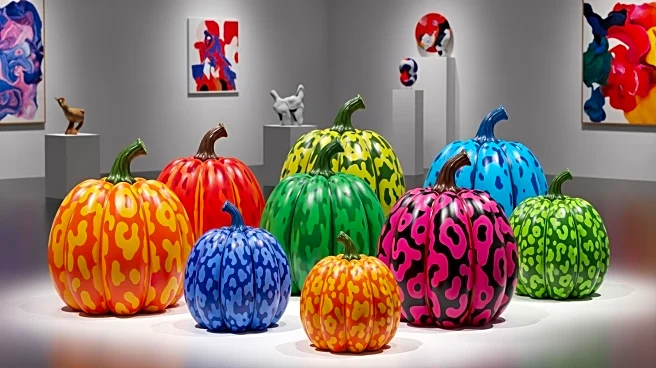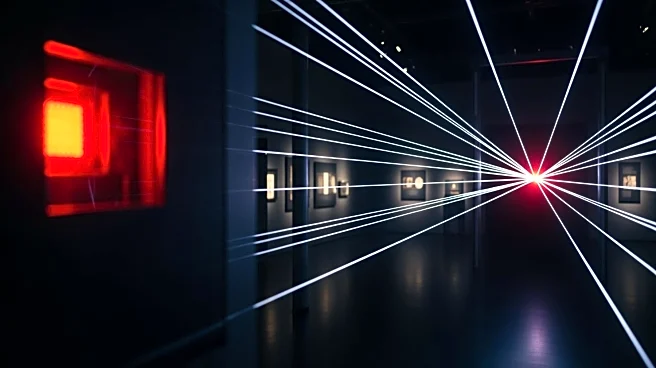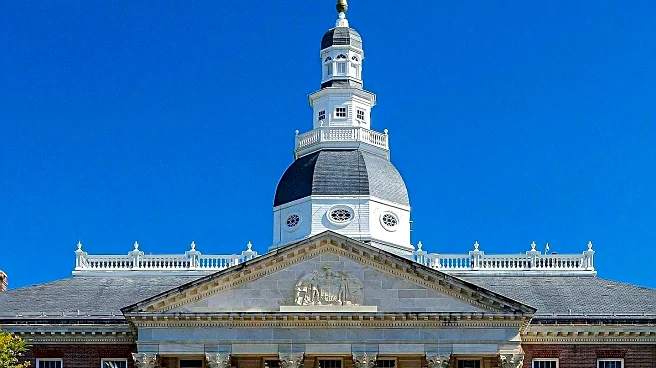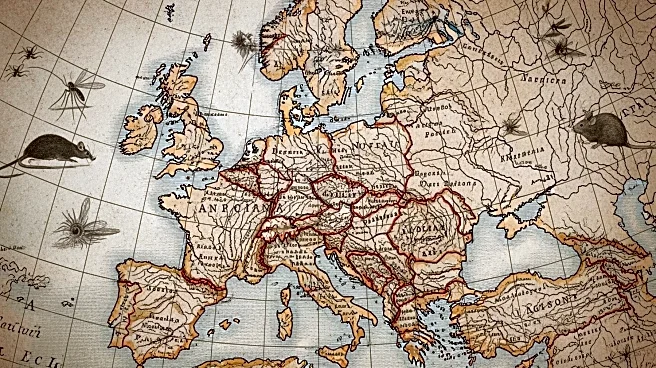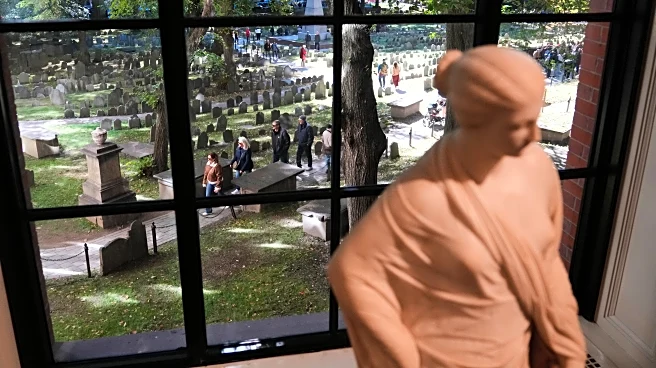What's Happening?
The National Army Museum has identified the subject of a 19th-century portrait as Thomas James, a Black military musician who served in the British cavalry. Born enslaved in Montserrat in 1789, James enlisted
in the 18th Light Dragoons in 1809 and was awarded the Waterloo Medal for bravery. The museum acquired the portrait for £30,000 ($40,000) and, with the help of Lincoln Conservation, restored it to reveal details lost over time. The painting now hangs in the museum's Army at Home gallery, highlighting the contributions of Black soldiers in history.
Why It's Important?
This identification and restoration of Thomas James' portrait sheds light on the often-overlooked contributions of Black soldiers in military history. By recognizing James' service and bravery, the museum not only honors his legacy but also challenges the historical narrative that has frequently marginalized Black figures. This development may encourage further research into similar portraits, potentially uncovering more stories of Black individuals who played significant roles in history. It also serves as a reminder of the diverse backgrounds that have contributed to military efforts, promoting a more inclusive understanding of history.
What's Next?
The museum's efforts to identify and restore portraits of Black subjects may inspire other institutions to undertake similar projects. This could lead to a broader reevaluation of historical collections, ensuring that the stories of marginalized groups are recognized and celebrated. Additionally, the museum's work may prompt discussions on how to better represent diverse histories in public collections, potentially influencing future acquisitions and exhibitions.
Beyond the Headlines
The identification of Thomas James in the portrait highlights the ethical responsibility of museums to accurately represent history. It raises questions about how institutions can address historical omissions and ensure that all voices are heard. This case also underscores the importance of collaboration between historians, conservators, and cultural institutions in uncovering and preserving hidden histories.
